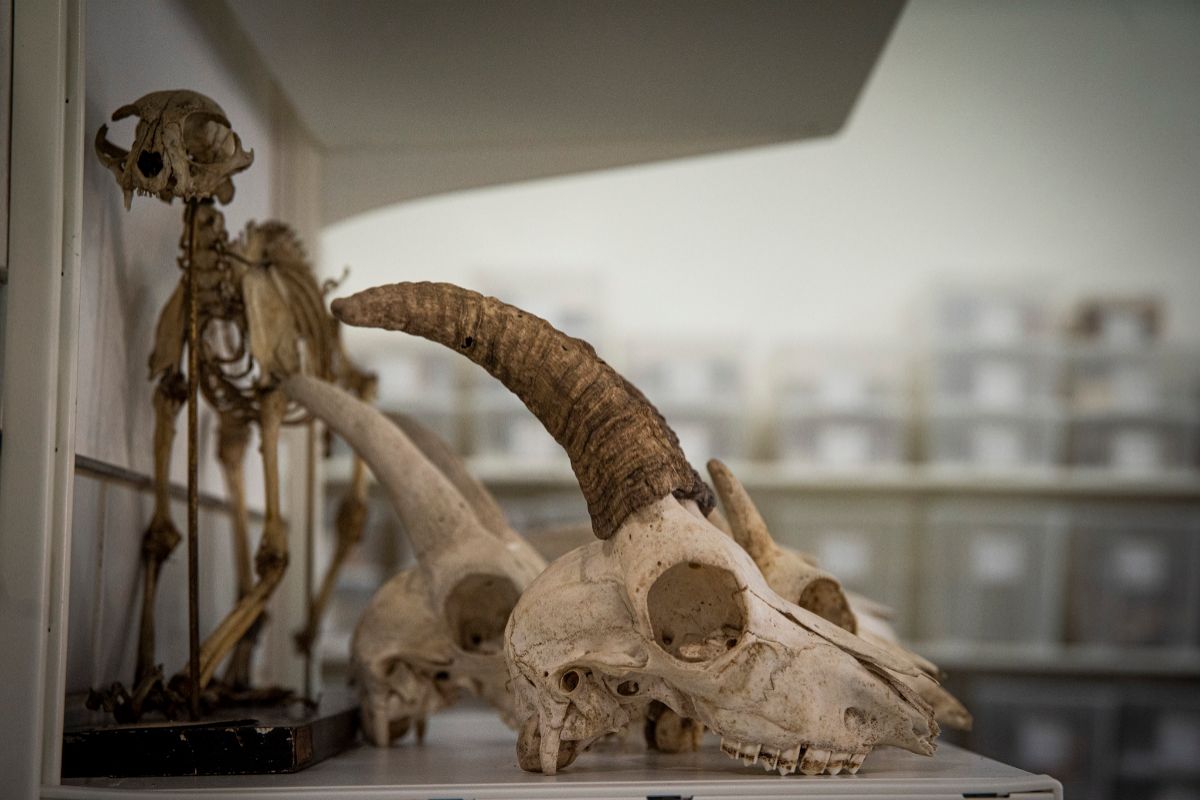The most humble classes of Seville in the 15th and 16th centuries habitually consumed
oysters
, a food that was part of their daily menu due to its low price, along with other mollusks such as chirlas, snails and cabrillas.
This is one of the results of a study carried out by the Laboratory of Paleontology and Paleobiology of the Andalusian Institute of Historical Heritage (IAPH) after an
archaeological intervention
in the Royal Shipyards of Seville that allowed discovering accumulations of garbage dated between the 13th and 18th centuries, when in this place there were fishmongers, houses, a jail and a barracks.
According to Eloísa Bernáldez, head of this laboratory, "garbage is a black box of nature that formed it" and a "snitch" with which it is possible to reconstruct the uses and customs of the people who accumulated it, what they ate or how they domesticated animals.
However,
pale rubbish
has limitations, since 95% of the waste has disappeared due to the action of nature or the human being himself and, for example, as Bernáldez explains in information provided by the Junta de Andalucía, "if we analyzed our garbage cans in a while, we could find fragments of bones or fish bones, but there would be no trace of bread or potatoes, and this does not mean that they are not part of our diet. "
The remains of the
oyster
shells
found in the Atarazanas are much smaller than other places in Europe at that historical moment, which is explained by the growth of the population in Seville after the discovery of America and the demand of this mollusk was a brake on its development.
In the Shipyards
From the intervention in the Shipyards of Seville, it is also concluded that dogs and cats could have been part of the
menus
of the time and that after the discovery of America, turkey meat was introduced into the diet of the Sevillians.
Archaeological remains preserved in the Laboratory of Paleontology and Paleobiology of the IAPH.JUNTA DE ANDALUCÍA
The paleobasureros have also discovered some
"secret"
, such as that, despite Islamic precepts, in the surroundings of the cathedral of Seville pig remains were found among the ruins of Muslim houses from the 12th century.
Eloísa Bernáldez points out in her article "Archaeological trash cans: 8,000 years of history await us" that in Islamic times "the pig record is the same as in later centuries, when Christians settled in these lands. Could it be because in the Islamic period most of the population is autonomous, who continues with their customs? ".
The Laboratory of Paleontology and Paleobiology has also investigated the French ship
Fougueux
, which sank in 1805 off the coast of San Fernando (Cádiz), and has found a cow bone contaminated with lead, a
contamination
that could come from the waste that the artisans poured into the fresh waters that were later used to irrigate orchards, whose vegetables were fed to the cattle.
This would explain that centuries ago
plumbism
, lead poisoning,
already existed among humans
.
According to the criteria of The Trust Project
Know more
Seville
America
Europe
Cadiz
history
The Nile virus forces to screen all samples of blood donations from Seville
Teaching Limit the delegate of Education of Seville only five days after his appointment
EconomyThe Pact for Water promoted by the Board raises a new tax
See links of interest
Last News
Programming
English translator
Andalusia Calendar
Work calendar
Daily horoscope
Movies TV
Topics
Stefano Travaglia - Rafael Nadal, live
Khimki Moscow - Panathinaikos
Fenerbahce Istanbul - Red Star
FC Bayern Munich - Olimpia Milan
Atlético de Madrid - Villarreal

